It's that time of year again - neighbors stopping by with plates of goodies, red and green cookies in the break room at work, and a myriad of holiday parties boasting booze and high-calorie confectionary treats. How are you expected to keep a healthy lifestyle during the holidays with all of these delicious temptations coming into your life? It isn't just peoples' weight management that goes off track during this time of year - For people who suffer from diabetes/blood sugar imbalances, gluten intolerances and other health problems, holiday treats can really send their bodies out of alignment. Americans are already bombarded with refined sugars and flours during the rest of the year, so this season, I decided to be the change I wanted to see in the world. I opened up to the idea of baking substitutes to satisfy my sweet tooth, without totally undoing my diet and workout efforts. You can find most of these ingredients at the local grocery store or health food store, I found them all at my local Trader Joe's.
Here are some of my favorite discoveries:
OILS/FATS:
As a general rule these days, I substitute butter or oil with cold pressed organic coconut oil (at a 1:1 ratio). But here are some other great substitutes to try. For every cup of butter, you can substitute the following:
- 1 cup of all-natural applesauce, no sugar added (this one can also sub for oil in recipes)
- 3/4 cup of avocado (this is best used in chocolate baking recipes)
- 3/4 cup beet puree (this is great for red velvet cakes)
- 1 cup of Greek yogurt (for muffins or breads)
- 1/2 cup coconut' MÍLK (for cookies or other baked goods)
FLOURS:
These are my favorite subs for white all-purpose flour. They all have more nutritional benefits, and each bring their own characteristics to your recipes. For Comparison - White Unbleached Flour: 1/4 cup has 24 net carbs, 25g carbs, 1g Fiber, 4g Protein and 124 calories.
- Almond Flour: 1/4 cup has 3g net carbs, 6g carbs, 3g Fiber, 4g Protein and 160 calories Almond flour is a good source of vitamin E, iron, maganese, magnesium, potassium, and calcium, and it's an excellent flour replacement for things like muffins, biscuits, and cookies. It keeps things light and airy, especially when paired with baking soda in a recipe. Almond flour has a 1:2 conversion ratio from all purpose flour, so if a recipe calls for 3/4 cup all purpose flour, use 1 and 1/2 cups of almond flour instead.
- Coconut Flour: 1/4 cup has 6g net carbs, 16g carbs, 10g Fiber, 4g Protein, and 120 calories Coconut flour is a good source of iron, maganese, and copper, and can be a really amazing and moist substitute for flour in things like brownies, zucchini bread, banana bread, and cupcakes. It definitely transfers a coconut taste over with it, which is why I like to use it in sweet baking recipes. Coconut flour needs more binding help than other flours, so it is not a straight conversion from all purpose flour. Here's a good rule of thumb for substituting coconut flour in a recipe: 1 cup of wheat or almond flour = 1/3 cup coconut flour + double the eggs + more liquid (like almond or coconut milk)
- Flax Meal (brown or golden): 1/4 cup has Og net carbs, 8 carbs, 8g Fiber, 6g Protein, and 120 calories Flax Meal is a good source of omega-3 fatty acids and fiber a great flour substitute for chewy breads, an oatmeal replacement, or tortillas. It doesn't carry a taste as much as coconut and almond flour, and works really well in a savory recipe instead of sweet. A general rule for substitution of flour is to reduce the flour by 1/2 to 3/4 cup and add the equivalent in flax meal. The fiber content of flaxseed flour may require some additional liquid when converting recipes.
SWEETENERS:
While some sugar is easy to substitute in recipes for things like cocktails or ice cream, other baked goods need the bulk that sugar provides to bake properly. Here are some great sugar substitutes, with notes on which ones need additional tweaking for baking recipes. For every 1 cup of refined sugar in a recipe, you can substitute the following:
- Agave nectar (21 calories per tsp) - Use 3/4 cup nectar, reduce 1/3 of the total liquid in recipe, and lower oven temp by 25° - Honey (21 calories per tsp) - use 1/2 to 3/4 cup honey, reduce liquid by 1/4 cup. If there is no liquid, add 3 Tbsp flour for each
- 1/2 cup of honey - Maple Syrup (17 calories per tsp) - use 3/4 cup, and reduce liquid in recipe by 3 Tbsp, and add 1/4 tsp baking soda to recipe.
- Stevia (ó calories per tsp) - use 1 tsp of liquid or crystalized stevia, add '1/8 cup of liquid to the recipe. Stevia takes a little bit of experimentation to get the recipe to work properly with it, but the 0 added calories are worth trying!
Note: Many people who try baking substitutes have said that they prefer the sweetness that regular sugar brings to their recipes, and this is pretty normal for someone who has a palate that is used to the taste of refined sugar. If honey, agave nectar or maple syrup aren't making your dishes sweet enough for your liking, you can always throw in 1/4 to 1/2 tsp of stevia as well.
FROSTINGS/TOPPINGS:
For a sugar-free frosting for cupcakes or cake, try this:
- 1/2 cup butter or coconut oil, 1 and 1/4 cup powdered erythritol, 1 tsp vanilla extract, 1 tsp liquid stevia, and 1 Tbsp milk (as needed). Beat in a stand mixer or with electric beaters until smooth, and adjust thickness with milk as needed.
For powdered sugar dusting, you can put Xylitol or Erythritol in your food processor to pulverize the crystals into powder. I know that Splenda also works, but use that at your discretion. Note - powdered sugar usually has a 3% corn starch addition to keep it from clumping, so you can add that if you're storing the bulk after making it.
Whipped topping - Did you know that coconut cream can be whipped just the same as whipping cream? This is a VERY handy tool if you're looking for a dairy-free option on top of your dessert! Simply take a can of whole fat coconut cream (tip: I use Trader Joe's), and stick it in your fridge overnight. Open the can and scoop off the thick white portion, and discard or save the clear liquid for something else. Stick the creamy white portion in a stand mixer or flat bottomed bowl and beat with hand beaters until peaks form. Ta-dah! Dairy-free whipped cream! I add a little stevia to mine for an extra boost of sweetness.


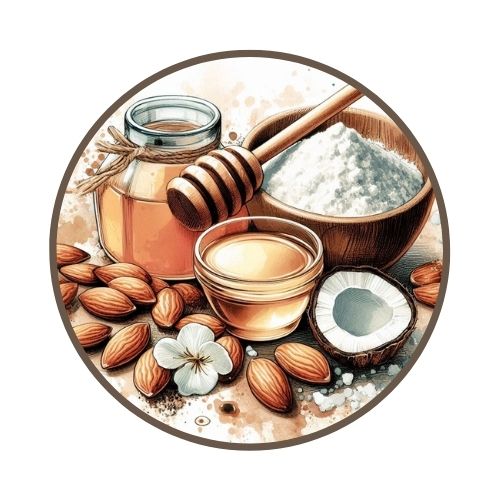
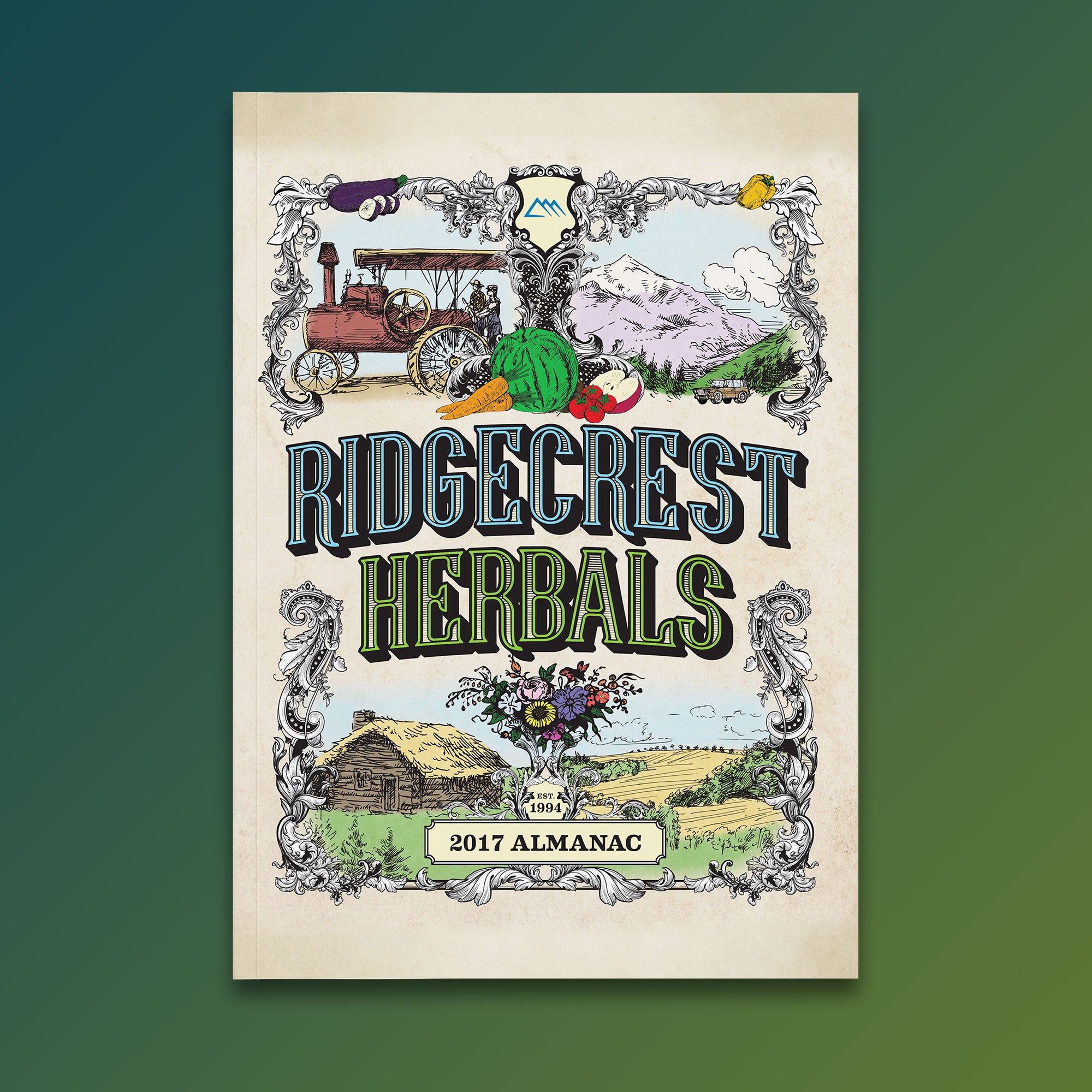
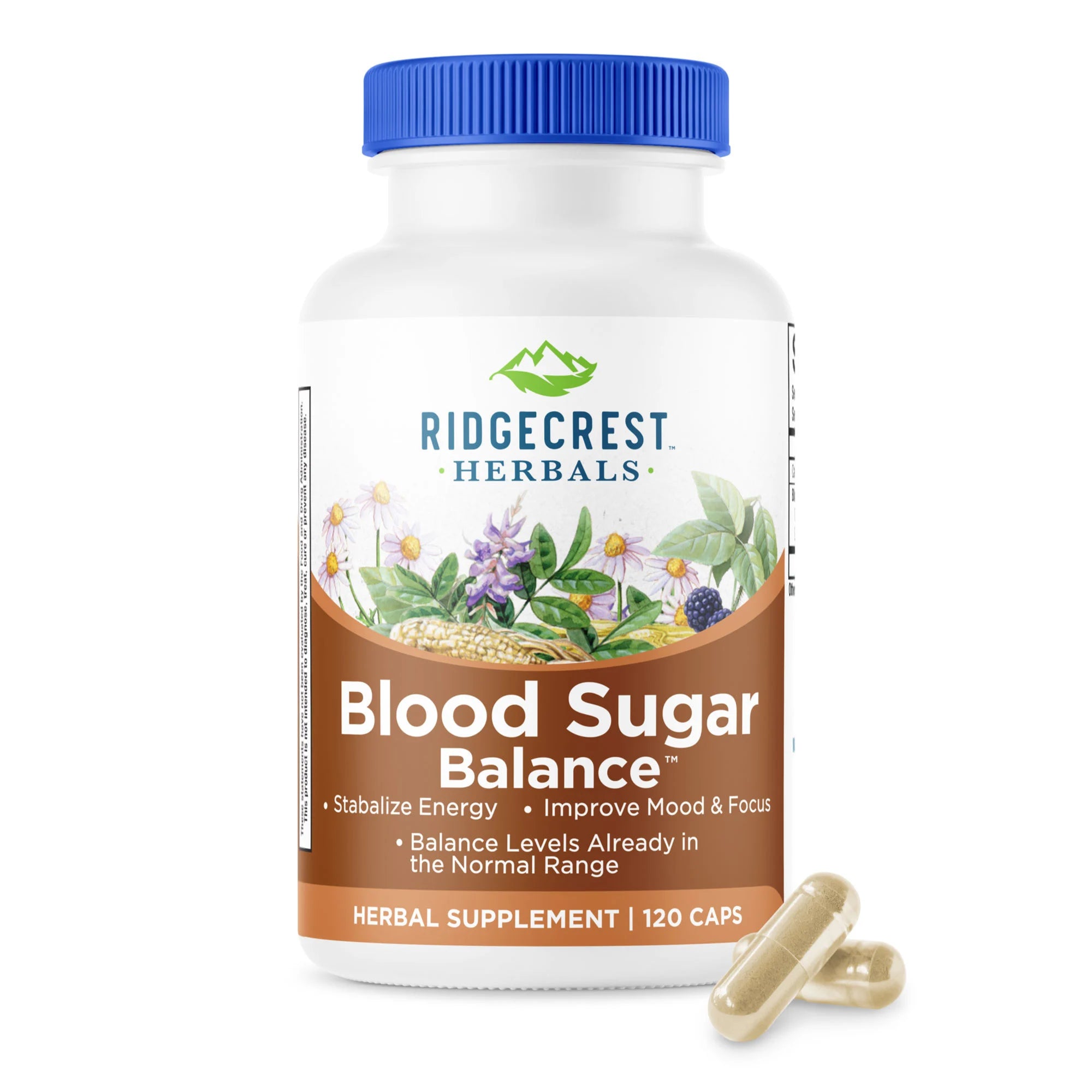
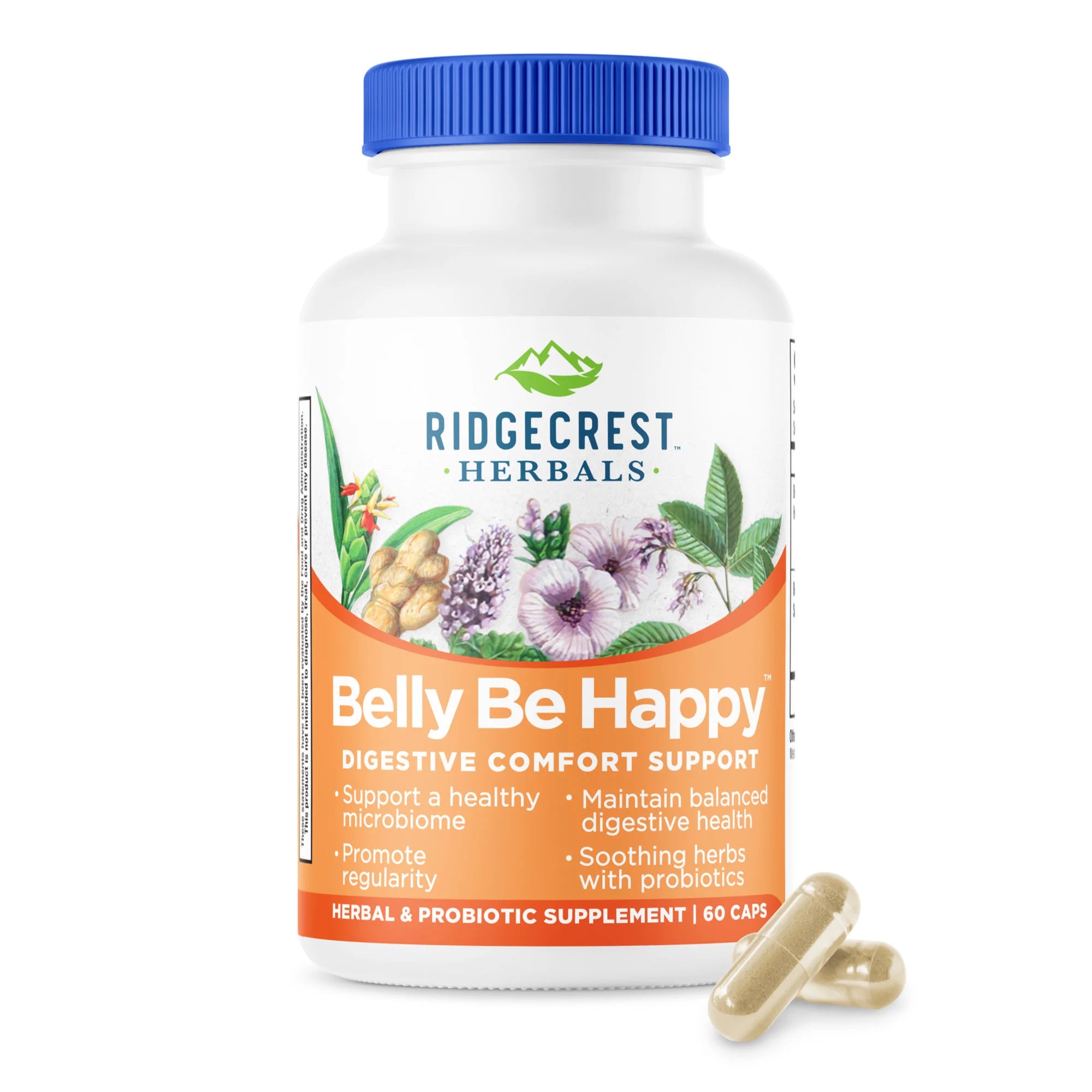
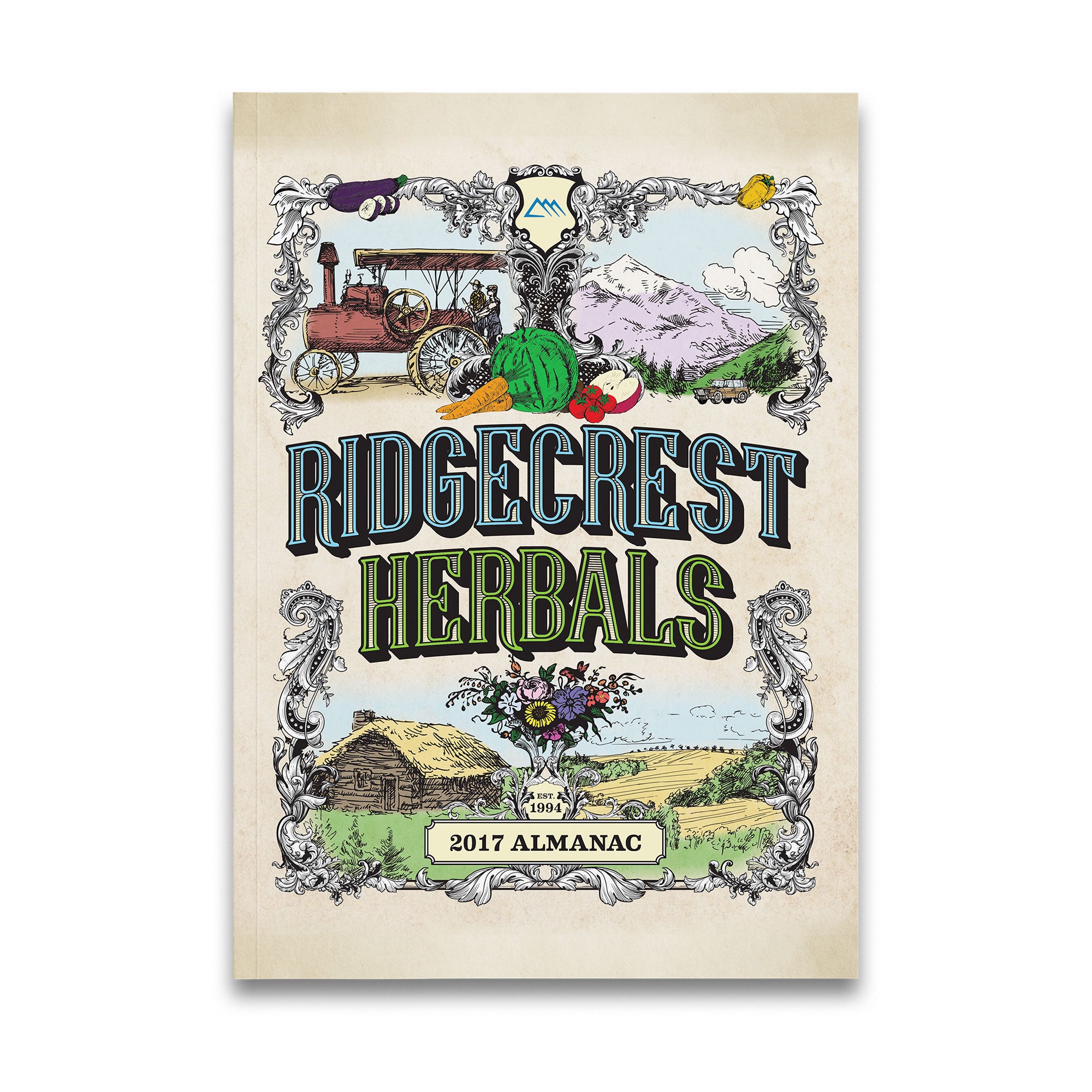
Leave a comment
All comments are moderated before being published.
This site is protected by hCaptcha and the hCaptcha Privacy Policy and Terms of Service apply.